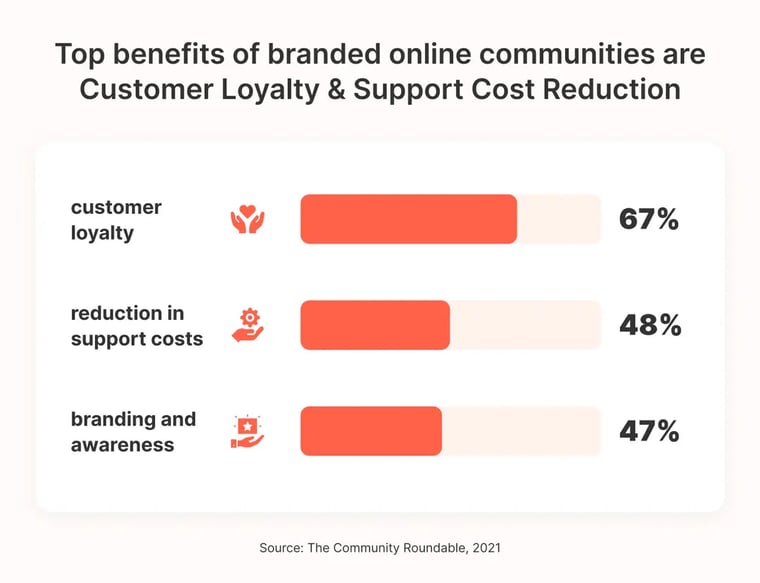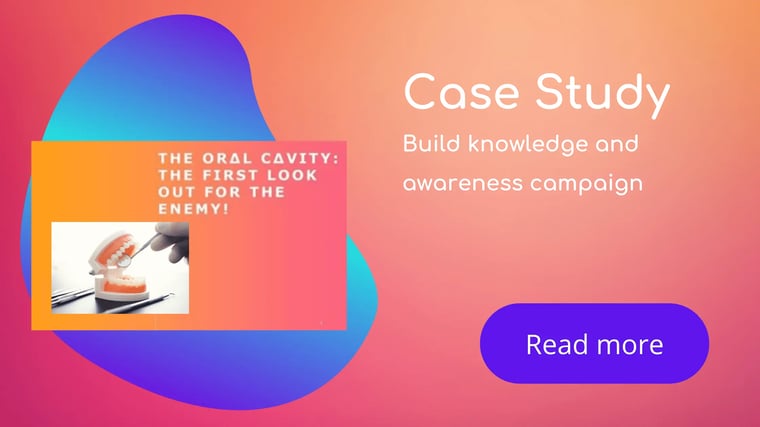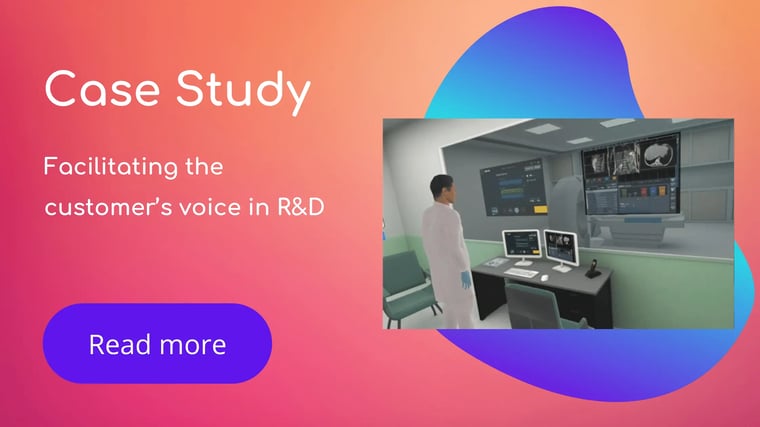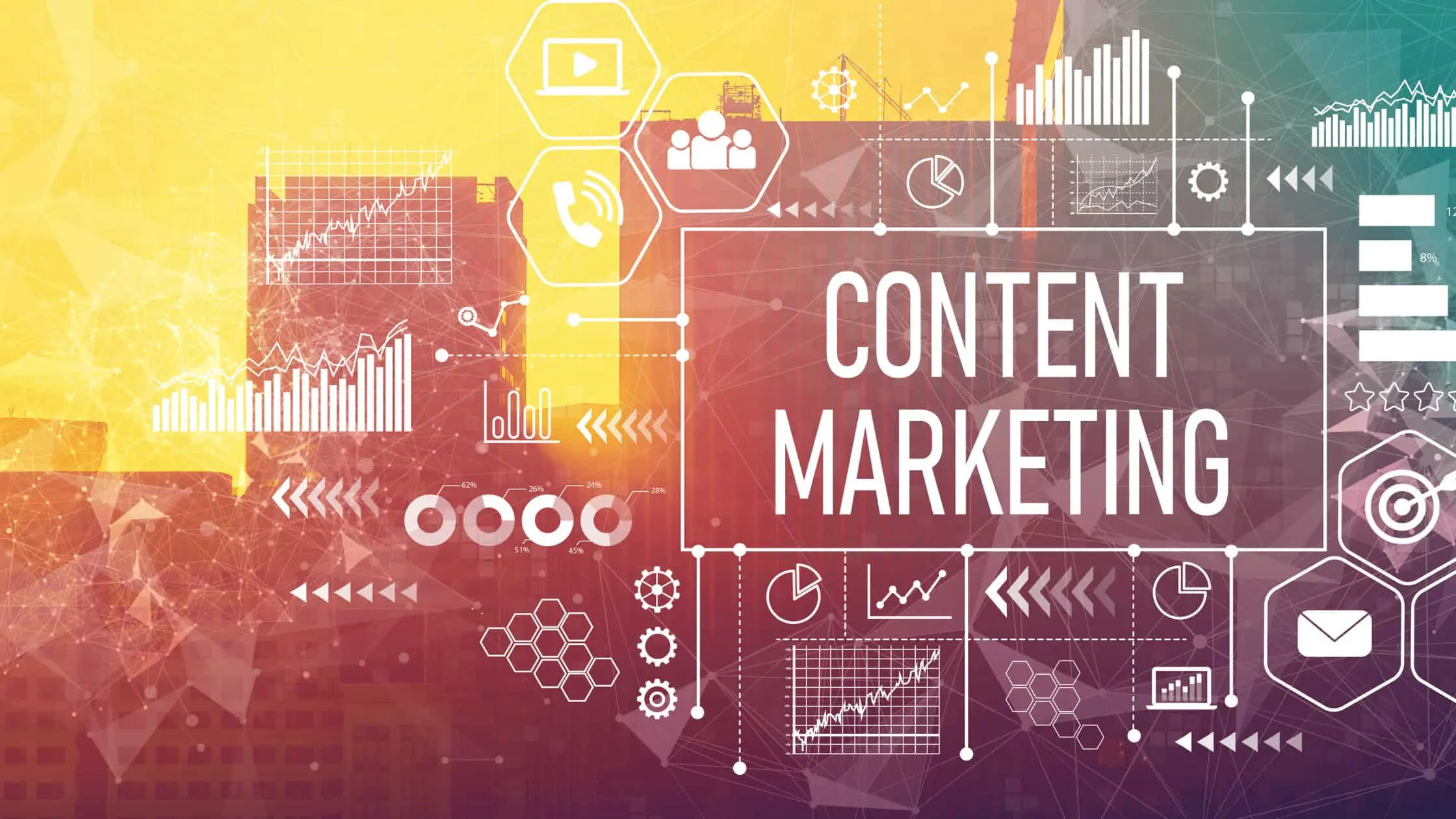The quintessential B2B customer enablement guide
Focusing on experience is currently a prevalent consumer mindset. Customers care not only about the product but the experience and service too that the product or brand provides. And going above and above for consumers distinguishes businesses that succeed from those that merely survive.
According to Forbes(1), Amazon measures its performance against 500 measurable goals, 80% of which are tied to consumer objectives. One thing that differentiates Amazon from its competitors as it grows is its ability to understand and match customer needs.
Learning from the biggest conglomerate, we can say customer experience is crucial to a successful business. And customer enablement is the only way to achieve it. Explore the blog to learn how customer enablement can build brand equity and advocacy.
Customer enablement- B2B landscape
The dilemma of 'What is customer enablement?' persists. It is nothing but user enablement. To put it simply, it is empowering customers following the sale of a product or service. It is a process that ensures your clients get the most out of your product. Investing in a customer enablement program entails creating a comprehensive customer experience, which necessitates the consumers with all needs and support to optimize the product functionality.
Customer enablement can be accomplished by strategically applying training, education, and support systems. And using digital tools and immersive experiences of AR (Augmented Reality) and VR (Virtual Reality) establishes impressive customer enablement. It focuses on necessitating users with product training, customer service, and troubleshooting, ensuring uptime of product functioning. And the lack of it can lead to poor product adoption and churn.
A customer-centric PwC(2) report highlighted that 1 in 3 customers would leave a brand they love after just one bad experience. On the contrary, 92% would completely abandon a company after two or three negative interactions.
This makes customer enablement the need of the hour in today's B2B landscape. And it can be done efficiently only if great customer experiences become part of your business culture. As a B2B company, make sure that every department is on board, from sales to support.
Need for customer enablement
Customers expect vendors to do more than just sell them a product; they expect businesses to provide enriching product training and technical support experiences long after the sale. The primary necessity for customer enablement is to address this expectation.
A Walker study(3) emphasized that customer experience will overtake price and product as the key brand differentiator.
And New Epsilon Research(4) indicates that 80% of customers are more likely to make a purchase when brands offer a personalized experience.
Consistent customer service enablement encourages not only repeat business but also referral business. Because when your customers feel valued, they are more likely to submit a positive online review for your organization, establishing a reputation and brand equity.
Providing digital customer experience to assist customer enablement
With the advent of digital customer experiences, businesses have more opportunities to help their customers realize the product's true potential. Customized digital solutions such as interactive and visual maintenance instructions help reduce support and service costs, achieve improved product uptime ratios, accelerate the onboarding process and assist their customers in realizing better returns on their investments.
It is essential to create solutions that accommodate diverse patterns of individual consumer demands and expectations from your products. So, designing and developing tailor-made e-Learning solutions is just one of the tech-immersed digital solutions that aid customer enablement.
The digital onboarding strategy is a more tailored and cost-effective option that addresses all of your most technologically advanced consumers' needs. Businesses accelerate the client onboarding process by using digital tools and virtual material, allowing them to realize a return on investment sooner.
Furthermore, 91% of customers(5) would use an online knowledge base if available and tailored to their needs.
A strategic digital customer experience created to enhance customer support and retention is the key to assisting effective and frictionless customer enablement.
To understand how digital experience aids customer enablement, let us take the case of a medical device company that faced the problem of raising awareness about revolutionary technology for better patient care. The company wished to enable the hospitals with medically authentic decks, increasing their devices' adoption. Get more information on how this medical device company used visually inspiring training content and interactive quizzes for learner engagement and better adoption of innovative technologies.
Best practices in Customer enablement
-
Enlighten your customers through brand advocates
Customers are the primary pillars against which customer enablement success can be measured. When they are given resourceful assistance, they feel enabled and empowered. It gives consumers a sense of control over the product and satisfaction with their investment. And a satisfied customer is more likely to purchase a company's products and services again.
They can not only become an effective advocate for both the specific product and the brand, but they can also persuade even the most hesitant buyer to purchase your services. And we all know that word-of-mouth marketing is both honest and effective.
According to Esteban Kolsky(6), 72% of customers will tell 6 or more people about a positive experience. If a customer is dissatisfied, 13% will tell 15 or more people about their experience.
-
Anticipating your customers' wants and needs
Each customer has a unique set of expectations from your product/services. It is wise to invest your time and efforts to draw out a technical and a more digital landscape to understand the consumers' wants and needs. With data analytics, you can learn about your consumers' habits, behavior patterns, specialized needs, interaction patterns (choice of digital platform), and product usage constraints.
74% of buyers(7) choose the company which was the first to add value. As a result, it is essential to understand your consumers' needs and wants to efficiently enable and empower them with your product and provide a memorable customer experience.
-
Give your sales teams the resources they need
Sales reps spend an average(8) of 440 hours (about 2 and a half weeks) each year finding the right content to share with their prospects and customers.
42% of sales reps(9) feel they do not have enough information before making a call.
These figures demonstrate the importance of providing your sales force with the tools and resources they need to assist in seamless customer enablement. Digital content like product demo videos, 3D videos of product features, e-guides, animated infographics, digital brochures, immersive experiences (AR/VR), etc., are valuable resources that can come in handy to sales reps during the customer enablement process. And when enabled with digital tools and solutions, the teams become much more efficient, making the process effective.
In addition, deploy an LMS (Learning Management System) tailored to your firm to deliver and track overall sales staff training. It helps the sales team to communicate your brand message in unison and maintain the workflow ecosystem.
-
Build customer community
82% of community site visitors claim to prefer brands that choose to participate in communities.
Customers regard communities as trustworthy, safe venues for accessible support and assistance in overcoming obstacles encountered when exploring the product. As a result, the customer community turns into a platform to improve consumer engagement and product uptake, resulting in a better experience.
As per the Online Communities report(10), 88% believe the community has a positive impact on improving customer experience.
 Source:PeerBoard
Source:PeerBoard-
Provide offline digital support
When consumers encounter an issue, they expect a prompt and effective resolution. Concentrate on establishing a resourceful support system capable of responding to a given situation with increased sensitivity and empathy.
A specialized and well-trained support team equipped with the appropriate digital tools is crucial for maintenance and troubleshooting. An up-to-date digital support system not only gives a speedy solution but also helps to boost product uptime while reducing churn.
-
Take feedback and surveys
According to a Microsoft-sponsored survey(11), 77 percent of consumers like organizations that solicit input and gather feedback.
Gathering feedback and conducting surveys is a crucial step that needs to be considered while planning customer enablement. This action only starts after successfully enabling customers toward your product or service.
90% of professionals(12) say that they use suggestions from their community to improve their products and service.
With feedback, you can regularly detect and understand customer experience flaws and implement adjustments to enable and empower individuals to have a better customer experience. Collecting feedback and conducting surveys assist firms in staying in touch with their customers' shifting wants and demands.
-
Frictionless customer service
Customer service is the essence of customer empowerment. The goal must be to provide frictionless/seamless customer service for the customer enablement program to go well.
With so much ongoing competition, customers are loaded with ample of options and thinner patience. When a customer contacts for assistance, they want help and support immediately. There is nothing worse than leaving them unattended with delaying support. It not only agitates the customer but also triggers them to walk out on you, causing churn.
According to a Finances Online survey(13), poor customer service can cause up to 1/3rd of the customers to abandon a brand. So, it is crucial to focus on addressing difficulties as quickly as possible and developing a dependable customer support service.
Given the current market situation, businesses should ensure that customers can get answers to their questions through various self-service options like chatbots and support ticket systems. Today(14), 67% of customers prefer self-service over speaking to a company representative.
To illustrate further, assume a corporation that has traditionally provided printed instructions to clients, including lab employees and field service engineers, for installation, maintenance, and troubleshooting information and concerns. However, these manuals are frequently over 100 pages long, generating user irritation and many calls to tech support. The considerable amount of printed content for numerous instruments makes it difficult to find specific pieces of information. Tech support was swamped with calls from engineers and workers dissatisfied with a complicated handbook. This resulted in a negative experience for both field service professionals and their clients.
Read the case study to understand how the company created a better customer experience with interactive web-based installation, maintenance, and troubleshooting guides. Also, how valuable digital content aided customer enablement and uplifted their customer service.
Ethosh facilitates customer enablement to customer advocacy
Ethosh is a skilled enabler who takes a holistic approach to design and developing digital solutions for our customers and end-users. Ethosh's customer experience solutions are one of many tech-infused options for customer enablement. We employ virtual reality to reduce the need for on-site or physical product training, saving you and your customers time and money.
We have a customer-centric business model in which the customer is always our top priority. From user needs analysis to user experience design, from identifying knowledge gaps through an audit of existing assets to filling those gaps by creating new knowledge assets. Ethosh collaborates closely with marketers, customer success personnel, and customer support and service teams to guarantee that our digital solutions deliver on the promise of building customer advocates.
Our center of excellence delivery strategy enables us to scale delivery to meet the unique needs of our customers, provides agility to meet changing consumer demands, and assures a faster return on investment. Our consumers become advocates not just because they recognize the worth of our products but also because they recognize the value we place in them.
Reference and Citation-
1. https://www.forbes.com/sites/georgeanders/2012/04/04/inside-amazon/?sh=7e199cd861992. https://www.pwc.com/future-of-cx
3. https://walkerinfo.com/cxleader/customers-2020-a-progress-report/
4. https://www.epsilon.com/us/about-us/pressroom/new-epsilon-research-indicates-80-of-consumers-are-more-likely-to-make-a-purchase-when-brands-offer-personalized-experiences
5. https://www.zendesk.com/in/blog/searching-for-self-service/#georedirect
6. slideshare.net
7. https://learn.g2.com/sales-enablement-statistics
8. https://www.saleshacker.com/sales-productivity/
9. https://spotio.com/blog/sales-statistics/
10. https://peerboard.com/resources/online-community-statistics
11. http://info.microsoft.com/rs/157-GQE-382/images/EN-CNTNT-Report-DynService-2017-global-state-customer-service-en-au.pdf
12. https://sellcoursesonline.com/online-community-statistics
13. https://financesonline.com/customer-service-statistics/
14. https://www.zendesk.com/resources/searching-for-self-service/


.webp?width=760&name=Communicating%20innovation%20in%20the%20customers%20voice-png-2%20(1).webp)
.webp?width=760&name=Interactive%20tool%20to%20alter%20price%20perception-png-2%20(1).webp)


.webp?width=760&name=Service%20and%20customer%20enablement-png-1%20(1).webp)


.webp)

